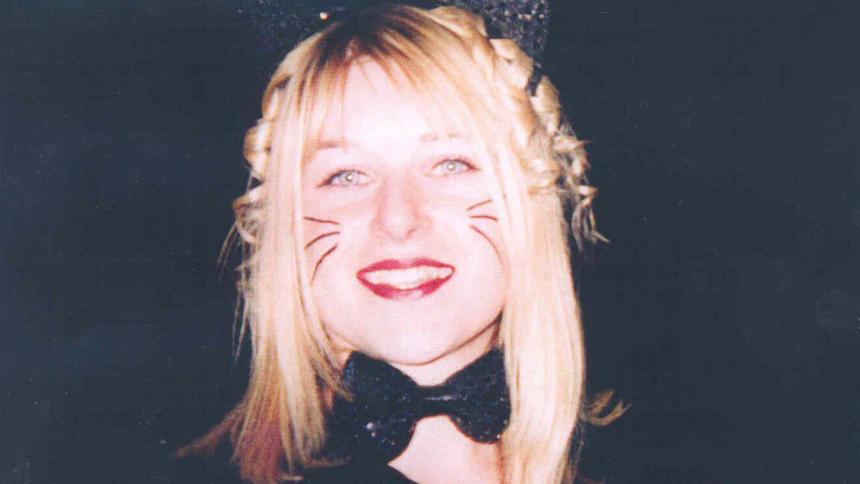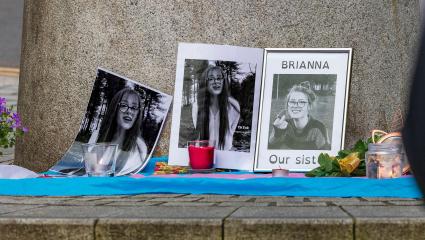
An argument over laundry: The murder of Joanne Nelson
It was Valentine’s Day 2005, and the day that the life of 22-year-old Joanne Nelson was brutally cut short in an act of domestic violence that shocked her family, friends, and the wider community. After an innocuous argument with her fiancée about laundry, the dispute escalated into tragedy, leading to Joanne's murder.
The investigation that followed became one of the most harrowing and protracted manhunts in the UK, involving a six-week search across six counties. In a chilling twist, it was not the authorities who cracked the case, but the mother of Joanne’s killer who revealed the truth.
The argument
Joanne Nelson, a bright and kind-hearted woman from Hull, had been living with her partner, 31-year-old Paul Dyson, for several months at the time of her death. On that fateful evening, the couple became embroiled in an argument about housework. While the details of the argument are unclear, it’s believed that tensions had been building for some time in their relationship. What was intended to be a simple disagreement over domestic chores spiralled out of control, triggering a violent outburst from Dyson.
As the argument escalated, Dyson’s temper became uncontrollable. In a moment of rage, he attacked Joanne, strangling her with such force that he killed her. The nature of the injuries indicated that Joanne had suffered not only physical violence but also emotional abuse, a pattern that would become clear as the investigation progressed. Dyson, in an act of cold calculation, then disposed of her body, hiding it in an undisclosed location.
The search for Joanne
During the trial, it was discovered that at the time Dyson killed Joanne, he kept up an evil charade by covering his tracks with the victim’s family and friends. Dyson told her family that the last time he saw Joanne was when he left her on Valentine’s Day, after exchanging cards, and had gone to work – according to Dyson, when he returned, Joanne was missing.
Later, Dyson was seen on local television discussing the disappearance of his fiancée. Dyson put on a façade to trick the public into thinking he was innocent by crying in front of cameras and appearing visibly distressed.
As well as Dyson’s appearance on TV, Joanne's disappearance sparked a huge outcry from the local community and the victim’s friends and family. A huge police search began, and hundreds of volunteers, officers, friends, and even the army got involved.
Although Dyson put on a good show of trying to fool the public, the killer could not fool his own mother, who eventually went to the police. It turned out, that he told a close friend what he did to Joanne, who then in turn told his mother.
Weeks after Joanne was reported missing on 14th February, her body was found in the woods in Malton, North Yorkshire on 24th March.
The trial
With Joanne’s body recovered, the investigation took on a new sense of urgency. Paul Dyson was arrested and charged with murder. The case against him was based not only on the tip-off from his mother but also on forensic evidence that linked him to the crime.
It was revealed that Dyson had tragically strangled Joanne and then drove to get petrol shortly after the heinous attack. The police established that he had wrapped up her body in bin liners and put her in the boot of his car before driving to a location near York – the drive was 100 miles from the couple’s home in west Hull. After disposing of her body, he reported the victim missing.
The police were able to establish that Joanne’s death had occurred in the early hours, just after the argument had spiralled into violence. Dyson’s actions, from the brutal killing to the disposal of her body, painted a chilling picture of a man who had escalated a minor domestic dispute into a deadly confrontation.
Paul Dyson was jailed in November 2005 and convicted of a minimum sentence of 16 years. He was released in 2022, 17 years after his initial conviction.












